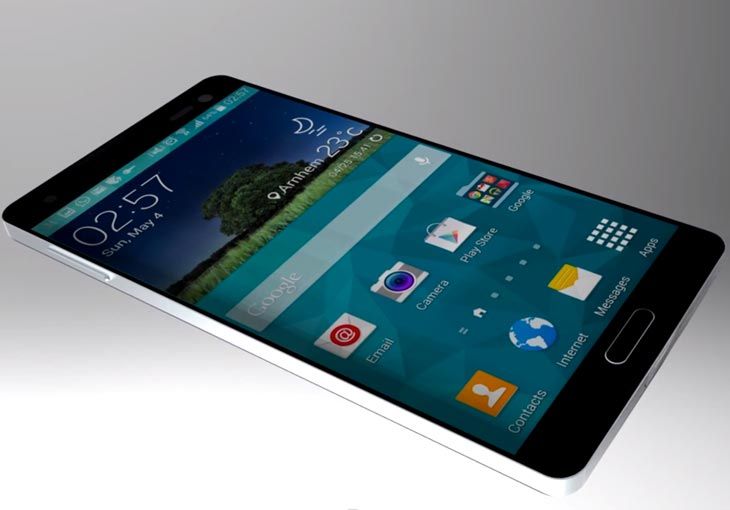Trends in the Mobile Application Development

During last ten years, mobile device market has changed so rapidly at such a rate that we don’t even remember the leading mobile device which was there couple of years back. This rapid change in both software and hardware attracts the people all over the world within a grasp of a moment. Today everyone has a mobile phone. The increased number of smartphone users has led to the increase in the demand of the mobile applications. Numbers of whole new mobile applications were built to meet the demand. Almost all the existing web and desktop applications introduced their mobile applications to the world. Today the demand for the mobile applications is not only quantitative, but also qualitative. Just having a mobile application is insufficient at present, but the mobile application also needs to be able to fulfill the customers’ qualitative requirements. This article is an attempt to analyze the trends in the mobile application development in current context.
Current market
Currently, there are two mobile operating system giants. One is iOs from Apple and the other one is Android from Google. As for the current market share, 52% of the mobile OS market is owned by Android while iOs claim 42% of the market and others like Windows and Blackberry, shares the rest of the market. The nature of the world’s mobile applications development was always influenced by these giants. Most fascinating and suitable example is the idea of the “Applications Store”. After developing the operating systems for mobile phones, soon these giants realized, and the way to be on top of the market share is not only having a great OS, but also having a huge amount of mobile applications for the users such that the users will stick in to their OS. Building large number of mobile applications by them self was not an option even for these giants. The solution was simple. The users themselves were given the opportunity to develop mobile applications and a place was introduced to store them, so that all the users could use those applications. This became a fantasy among young developers today. Even a 7 years old boy can build a mobile application and deploy them in to these application stores. Apple introduced the “iStore” while Google announced the “Google play” for android. Today there are more than 7,000,000 applications in iStore and more than 600,000 applications in the Google Play. All these applications were written using the operating system’s native langauge. In the case of iOs, it was Objective C and in Android, it was Java. Because of this reason these applications were categorized as Native Applications.
What are native applications?
As the name implies, a native application is an application written using the operating system’s native langauge. These applications are developed to run only on the selected platform. Users need to download and install these applications from an application store or from somewhere else. These applications have the ability to interact with the operating system’s features. Most of the time, they can be used as offline applications. Most common example for this type of applications is the game application. According to statics reports, iStore has generated $10 billion for Apple. Both Google Play and Apple App Store has produced over 50 billion of downloads in year 2013. However, with the dramatic changes in HTML5 mobile application developments, smart phone users are now looking for web applications and also the developers are embracing the mobile web application development.
What are mobile web applications?
Mobile web applications are the applications build using standard web technologies like HTML, CSS and JavaScript. Today’s developers are embracing new trends of these technologies like HTML5 and CSS3. A web application can run on any platform with the help of the modern browsers. It can run on any platform with the help of the browser without reprogramming or without any kind of conversion in the application. This is the most interesting advantage of the web applications. A developer needs to develop an application only one time, then the users can access the application over the web regardless of the platform he is using. Even though the developers and the users are eager to have mobile web applications, there are some tradeoffs when you are deciding to use these approaches to build your mobile application.
Native vs. Web
In terms of web applications, native applications can only work on a single platform while web applications can work on any platform. To develop a native application to run on two platforms, a developer need twice the time that is needed to build a native application to run on a single platform. In bottom line, more time and cost is involved when you are building same native application for multiple platforms. However with the web application, you need to build only one application and it can work on every platform. In this perspective, web applications are good and effective. However native applications also do have their advantages over web applications. Native applications are fast and since they can use the powerfulness of the native langauge which is used to write the operating systems, they can give more features to the user. For applications like games or navigation applications, the operating system can provide more resources for a native application rather than a web application running on top of the web browser. Also these native applications can work offline, while the web applications need an internet connection to provide its service to the user. Keeping your mobile always connected to the internet will drain more power from your battery and also it will cost you with the mobile data charges, which is a big disadvantage of the mobile applications. Mobile web applications have come a long way when considering their start. However there are more inventions to be done to replace native applications with the web applications. Some of them are quite challenging and it is a hot and an interesting research context. For the time being web applications are giving a good fight for native applications.
Recent Breakthrough
Most recent development in mobile applications is the Hybrid applications. These applications use both features of native langauges and web technologies. In a hybrid application, the application is developed using the web technologies and it is rendered in a browser. However the browser is embedded in the application itself. This gives the opportunity for the application to use the features of the native application. This is becoming popular among the developers since it has reduced the development cost over the native applications and gives the developer the chance to use more features provided by the operating system.
Bottom line
With the current statistics, it is clear that the mobile application market is dominated by the technical giants like Apple or Google. With their support for the native applications, the native applications will be on top of the mobile application development market. But the web applications will continue their struggle to get on to the top. However the internal competition in mobile application development will produce large amounts of high feature applications for the users in the years to come.
Sasith Madushanka Fourth Year, Department of Computer Engineering, Faculty of Engineering, University of Peradeniya.






